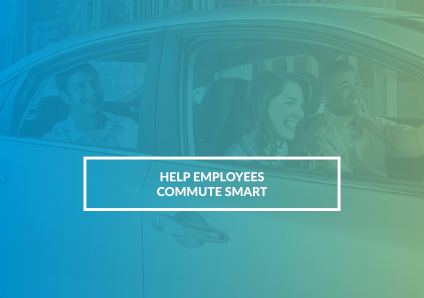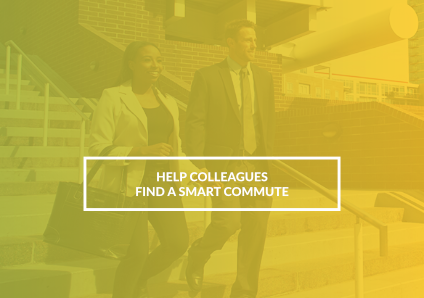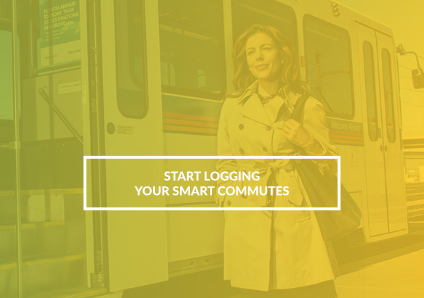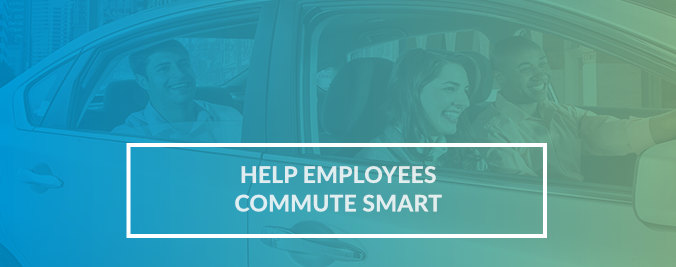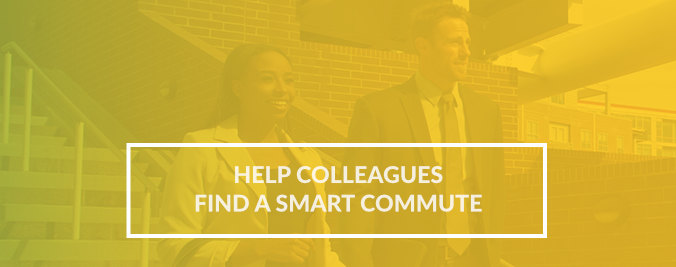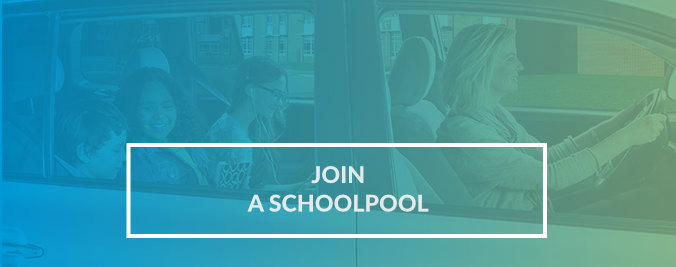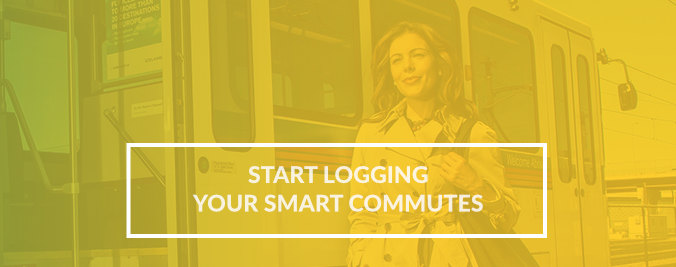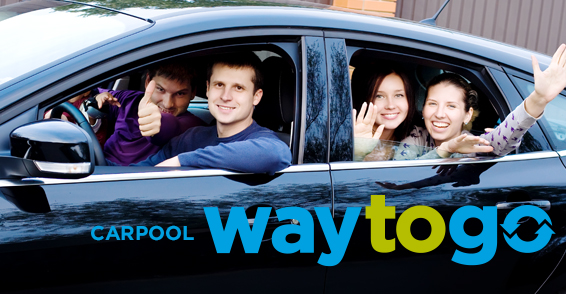
Slugging
CARPOOLING: The Denver region is gearing up for HOV3 in 2017. HOV stands for High-Occupancy Vehicle, and the 3 in HOV3 indicates three or more passengers. This means when traveling in an HOV3 lane, on either US 36 or North I-25, daily commuters will be charged tolls if there are fewer than three people in the vehicle. How have commuters in other parts of the United States figured out solutions to their HOV3 lanes? Washington, D.C., commuters have taken advantage of their high-occupancy vehicle lanes to drive around traffic congestion without paying high tolls.
CARPOOLING IN D.C.: Carpooling describes the casual or ad hoc method of forming a temporary carpool. Major employers, such as the Pentagon outside D.C., have had slug lines form along transportation choke points in front of their facilities. Both the driver and the slug – the person in need of a ride – meet at pre-determined carpooling pick-up locations, and both implicitly agree not to exchange money; it’s a mutually beneficial relationship where the driver needs riders just as much as the “slugs” need a ride. Each party depends on the other, and both enjoy shortened commute times and reduced tolls or transit costs by being HOV compliant and cruising past drivers commuting alone.
In D.C. and Northern Virginia, carpooling has been around since HOV lanes debuted in 1975. Today, the process of carpooling in D.C. has become institutionalized. Just like knowing the cultural norms of when and how to shake someone’s hand in a greeting, drivers and slugs know where to meet to reach different locations throughout the D.C. area. There’s even an unwritten understanding of how slugs and drivers behave in the car together: such as, no changing the driver’s radio station and speaking only when spoken to. In other words, drivers and riders have respect for one another. The phenomenon of carpooling has taken on a life of its own and has added to the diverse options available to Washington, D.C. commuters.
CARPOOLING IN DENVER: Could carpooling catch on in the Mile High City? There’s a real possibility that it could take hold in the Denver region in 2017. As the HOV3 laws come into effect, metro Denver residents may look for the same sort of locations where carpooling took hold in other parts of the country. Those locations include the three
basic ingredients to successful slug line formation: nearby parking, a bus stop, and easy access to HOV lanes. It’s not difficult to imagine the RTD Park and Ride facility in Boulder’s Table Mesa or the pinch points in LoDo, especially as the traffic enters the HOV lane from 20th Street near Coors Field, as logical carpooling points.
Will carpooling happen immediately after the transition to HOV3? That’s uncertain. But commuters across the United States have shown creativity when it comes to taking advantage of faster commute times – especially when there’s a financial incentive to do so.



